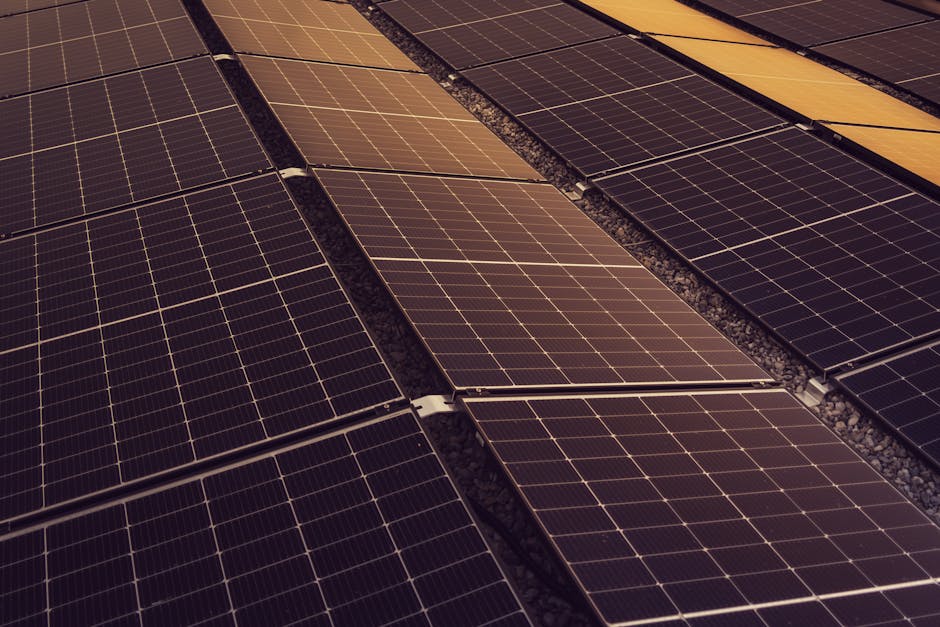The Rising Sun: Navigating the Future of Solar Panel Recycling in the APAC Region

The Rising Sun: Navigating the Future of Solar Panel Recycling in the APAC Region
As the Asia-Pacific (APAC) region continues to lead the global surge in solar power adoption, the burgeoning issue of solar panel waste looms large. Initiated by rapid industrialization and heightened environmental consciousness, this region now faces the critical task of establishing sustainable end-of-life solutions for solar panels. The explosive growth in solar installations, coupled with the imminent wave of decommissioned panels, sets a complex stage for innovation, regulation, and economic recalibration.
The Transformative Landscape of Solar Panel Recycling
Economic and environmental imperatives: Driven by a spike in solar panel deployments across China, India, Japan, Australia, and South Korea, the APAC region is expected to generate a staggering amount of solar waste in the coming decades. This waste challenge coincides with a remarkable market opportunity; the solar panel recycling industry in APAC is projected to grow from US$27.00 million in 2020 to US$142.39 million by 2027, boasting a compound annual growth rate (CAGR) of 26.81%. As we delve deeper, the recycling of photovoltaic (PV) panels not only mitigates waste but also recovers valuable materials like silver, copper, and silicon, thereby supporting both economic and environmental sustainability.
Innovation at the Forefront
Advancements in recycling technology: The APAC market has seen significant technological innovations aimed at enhancing the efficiency and profitability of solar panel recycling. Mechanical, thermal, and advanced laser-based and chemical methods are pivotal in current recycling processes. These technologies are complemented by the introduction of AI and robotics, which have improved recovery rates and reduced both costs and environmental impacts. For example, new techniques developed by Indian researchers for recycling hybrid perovskite-based solar cells mark a significant milestone in stabilizing and reusing materials from decommissioned panels.
Regulatory Drivers and Challenges
Policy development: Varied regulatory maturity across the region underscores the complexity of integrating comprehensive solar panel recycling policies. Nations like Japan and South Korea have begun to frame solar panel waste management within existing e-waste regulatory structures, drawing inspiration from the European Union’s WEEE Directive. However, gaps remain in the regulatory frameworks of rapidly growing solar markets such as China and India, which could hinder the systematic development of recycling infrastructures.
The proper recycling of solar panels not only promises environmental benefits but also heralds a new era of resource efficiency and industrial symbiosis in the APAC region.
Comparative Insights: APAC vs. Global Practices
Global benchmarks: While the EU has established stringent directives requiring manufacturers to finance the collection and recycling of PV panels, many APAC countries are still in the nascent stages of developing similar mandates. The success of recycling initiatives in the EU offers a roadmap for APAC nations, emphasizing the pivotal role of extended producer responsibility (EPR) in fostering sustainable industry practices.
Looking Forward: Strategic Imperatives for Solar Panel Recycling
Future trajectories: The APAC region stands at a critical juncture in solar panel recycling. Strategic investments in technology, regulatory alignment, and cross-border collaborations are imperative to harness the full potential of this burgeoning industry. By embracing circular business models and integrating advanced recycling technologies, the region can not only prevent environmental degradation but also unlock new economic opportunities.
Opinion: The strategic importance of solar panel recycling cannot be overstated. With millions of tonnes of solar waste on the horizon, APAC's approach to recycling will not only shape its environmental footprint but also play a crucial role in global resource management. As the region continues to lead in solar capacity, it must also strive to pioneer in sustainable waste handling and material recovery, ensuring that the solar energy revolution is truly green.
